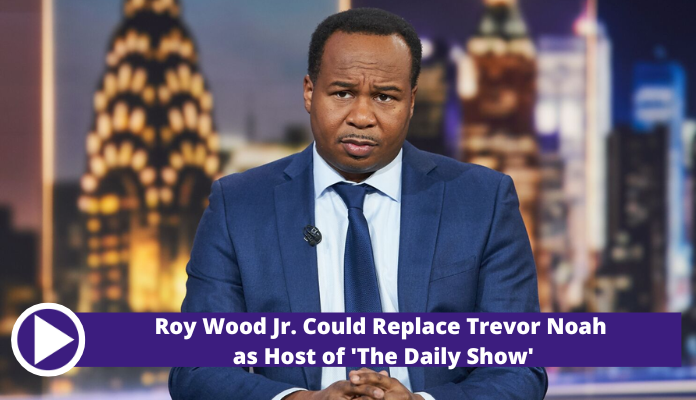The movie Licorice Pizza, directed by Paul Thomas Anderson, continues to be the subject of claims of anti-Asian prejudice in addition to the hype during this years awards season. His justifications for the contentious scenes in question, according to detractors and supporters, are inadequate.
A Brief Interview with Indiewire Earlier This Year
With the exception of a brief interview with Indiewire earlier this year, Anderson, whose movie is competing for best picture, best original screenplay, and best director Oscars, has been largely mum on the issue.
Asian Americans have taken issue with the sequences in which John Michael Higginss portrayal of white Japanese restaurant owner Jerry Frick abruptly adopts a slow, faux Asian accent while chatting to his two Japanese love interests. The director stated that Frick was the target of the joke because he was an idiot speaking stupid sh-t, and he was lost in trying to comprehend the blowback.
Anderson admitted to the newspaper, Im definitely capable of missing the mark. However, I believe Im unsure of how to distinguish between what my objectives were and how they were carried out.
Check More:Charles Ingram Controversy: How Did who Wants to Be a Millionaire? Work?
The Request for Comment from NBC News Was Not Answered by Anderson.
However, viewers and pundits are voicing out, arguing that even well-intentioned efforts fall short of adequately representing underrepresented communities. According to them, it is impossible to analyze works like Licorice Pizza in isolation from the history of racist depictions of Asian Americans and the long-term effects these images have had on the community.
Before Sundays awards ceremony, the movie is still generating discussion, and experts think Anderson needs to start listening.
Good art has never been politically neutral. Jennifer Ho, a professor of Asian American studies at the University of Colorado Boulder, asserted that art has always genuinely existed in a political context.
She continued, those Pictures Are Part of An Anti-Asian Racist Environment.
Historians and critics claim that even if Andersons statements are accepted at face value, the sequences nonetheless follow a larger Hollywood pattern of objectifying, fetishizing, and exoticizing Asian womena narrative filtered through the experience of a white malethat the movie never questioned.
When speaking to his wife, Mioko, who is portrayed by Yumi Mizui in the film and who only speaks Japanese, Frick, who claimed to have lived in Japan for 15 years, shifts to a strongly accented form of English. Another scene features Cooper Hoffmans portrayal of the lead character Gary Valentine mistaking Fricks new Japanese wife Kimiko for Mioko. Frick also acknowledges his lack of language proficiency when Megumi Anjos character Kimiko speaks to him in Japanese.
Acism Is Not Just About Interpersonal Interactions but Also About How
According to Sommers, racism is not just about interpersonal interactions but also about how it represents power disparities or access to power.
Hollywood has long faced criticism for its overly sexualized lotus bloom stereotype of Asian women. The development of these representations paralleled American imperialism and occupation of Asia and the Pacific, according to Nancy Wang Yuen, a sociologist who studies Asian American media representation.
In part, because American military men participated in sex trafficking abroad, Asian men and women were perceived as threats and the spoils of war, respectively. When compared to Japans traumatic past with American imperialism, according to Sommers, the images are especially troubling.
Okinawa Women Act Against Military Violence Gathered a Lot of Information
A feminist organization called Okinawa Women Act Against Military Violence gathered a lot of information about the rampant rape that took place there when the United States occupied Okinawa after World War II.
These victims had nowhere to report the crime even if they had wanted to, noted author Yuki Tanaka. The Japanese police apparatus of Okinawa had entirely crumbled during the fighting.
Ho claimed that Anderson could have easily scripted the scenes in such a way as to make fun of Frick and his questionable actions. Ho suggested that rather than stifling their speech and erasing the subtitles, the Japanese characters may be in on the joke and provided lines that would reveal Fricks ignorance to the viewer while demonstrating the womens own self-awareness.
Check More:Blippi Controversy: Why Parents Who Bought Blippi Live Tickets for Their Kids Are Furious About It
Anderson Must Be Willing to Apologize and Take Ownership
In addition, Sommers added, Paul Thomas Anderson must be willing to apologize and take ownership rather than choosing to remain perplexed by the controversy if he actually wants to make a message about the casual racism directed at Asian Americans at the time. He went on to say that the filmmaker should start by seeing that his images, and those scenarios, are part of a bigger discourse connected to white supremacy.
Anderson may still make good use of his platform by emphasizing and elevating members of minority communities, Sommers said, especially since the movie generated discussion throughout award season.
He could have committed to saying, Ive utterly screwed up, in my opinion. And now, I truly want to promote the development of storytelling, Sommers remarked. That would have been one response, that would have been a lot better and actually demonstrate a willingness to learn and develop alternatives to his really bad narrative that he established, the author believes.



Leave a Comment